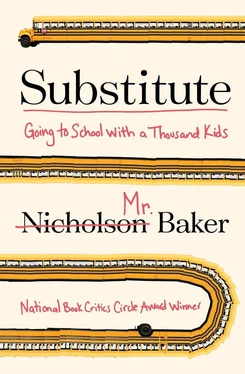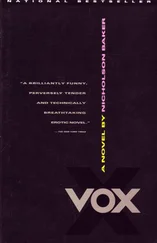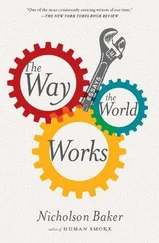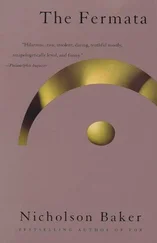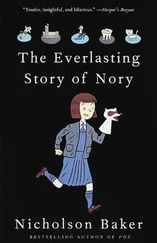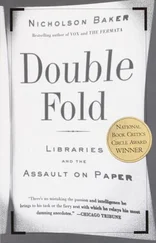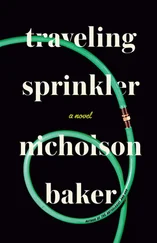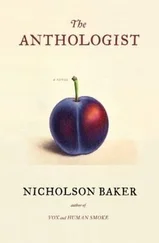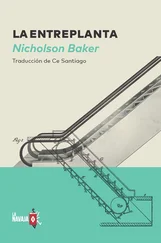One of the secretaries came by to give me a batch of photocopied letters from the superintendent’s office, urging parents to fill out a form that they’d recently received from the Military Interstate Children’s Compact Commission. “The DOE”—Maine’s Department of Education—“feels it would be helpful to know how many students we currently educate dealing with a parent/guardian serving overseas or based here in Maine and the unique difficulties these students face,” said the letter. I handed out the letter; the kids stuffed it in the side pouches of their backpacks as the next-period bell bonged.
Mr. Lyall was in the middle of a unit on the periodic table and the chemistry of matter. The homework for the night before had been to choose one element from the periodic table — a poster of the table was on the wall — and build a small, three-dimensional construction-paper cube covered with fun facts about that element, held together with Scotch tape. Some kids had thrown themselves into the project, making minutely detailed drawings on the facets of their cubes, using many colors of markers, and some had barely begun. Nobody was finished. I went around the room asking people about their elements, and making cries of wonder and admiration: “Wow, that’s beautiful. That’s amazing.” One kid, Stephen, had made a yellow paper cube about neptunium. On one of its facets, he’d written, in tiny, careful letters, Where you would “Bump Into” it: neptunium, because of its high radioactivity, is only used in laboratories. If you are not a scientist, you will probably never see it in your life. A cheerful boy named Bruce, who had chosen selenium, was making some repairs to his cube. “It kind of got smushed cause my dog stepped on it,” he explained. Melissa, a big girl dressed in purple, had made a cube about argon, with the chemical symbol in fat purple letters. Even though it’s not poisonous, she wrote in yellow, it can still cause suffocation. Ryder, a boy in a blue button-down shirt, had chosen magnesium, which was used to make JET ENGINES —he’d surrounded the words with red flames. Over a drawing of a saucepan on a hot stove, he’d noted magnesium’s boiling point: 1,994 degrees Fahrenheit, 1,090 degrees centigrade. Plus it doesn’t stink, he wrote, in green letters outlined with black.
“My element was boron,” said May, who was obviously organized and got all A’s.
“Nice choice,” I said. “Did you find anything interesting out about boron?”
“It’s used in bleach, soap, and ceramics,” she said promptly.
“Great work,” I said. “What I like about this assignment is that for the rest of your life you’ll feel a special affinity for boron, right?”
“Yes,” she said, doubtfully.
After they’d deposited their element cubes in a plastic tray by the windows, they were supposed to read two chapters from a textbook called The Nature of Matter and answer some questions, but because of Mrs. Dunne’s anti-clique survey, there wasn’t time to do the reading. While they were putting final touches on their cubes, I skimmed the textbook to learn about the differences between physical and chemical changes. Crumpling paper is a physical change, a burning match is a chemical change. Got it. A rotting apple is a chemical change, and rust is also a chemical change, because the iron reacts with oxygen in the air. I read one of the questions: What kind of change occurs on the surface of bread when it is toasted — physical or chemical? Explain. But… wasn’t it both? The heat dries the bread, making it crunchy, which is a physical change, and the bread turns brown, which is a chemical reaction.
A peppy, bifocaled ed tech named Ms. Shrader appeared — actually she was a substitute, filling in for the regular ed tech, who worked one-on-one with Lisa, a quiet, affable girl who had a learning problem. Ms. Shrader helped Lisa with her element cube — she’d chosen copper — and then she came over to talk to me. She’d taught language arts, social studies, and gifted-and-talented at the middle school for twenty-five years; after that, she’d worked as an ed tech for high-functioning autistic students, which was a dream job. “That was the most fun I ever had,” she said. Now she was a substitute. “This is what I did and who I was.”
I asked her if getting her certificate had prepared her for being a teacher.
“Nope,” she said. “My ed classes did not prepare me.”
“Teaching is a whole new world,” I said.
“It’s so not what people think it is,” Ms. Shrader said. She waved her arm at the students. “It’s very easy to say you can do this, this, and this. But get in a classroom with twenty-five kids and find out how easy it is. It’s not. Some things are possible, though. Kids want somebody to tell them what to do. You have to read the crowd. Some of these kids are on the bus at six-ten in the morning.”
“It’s a long day for them,” I said.
“A very long day,” she said. She checked the clock. “OKAY, GUYS, YOU CAN GO. SEE YOU LATER, HAVE A GREAT DAY!” Out in the cacophonous hallway, I heard her say, to another teacher, “Lord, have mercy.”
I had a moment of stillness between classes, and a quick bathroom break, before twenty-two more fourteen-year-olds filed in, holding their fragile paper element cubes. Arsenic. Gold. Silver. Neon. “Why does neon glow?” I asked Tamara, whose cube was covered with bullet points and boiling points.
“Um, I can’t remember,” she said. I talked to Raymond, a smart kid, about depleted uranium weapons. Shelby told me about lithium. “It’s found in the Earth’s crust,” he said. “When lithium touches water it lights it on fire. I’m not really sure how that works, since it’s found in the Earth’s crust.” One of the tape dispensers ran out of tape and was refilled, but the new tape was not very good — it wasn’t sticky enough. The students watched their newly taped cubes self-destruct several minutes afterward, seam by seam. We set that dispenser aside.
The students colored, they taped, they talked; I said, “Nice job, excellent, good going.” The pile of finished cubes grew like a heap of alchemical treasure in the homework bin. This was a nifty assignment — there was something about having to turn a list of inert facts into a three-dimensional, decorative, faceted object that seemed to help kids think better.
I made a stab at teaching what was in the textbook, rather than merely ordering the class to read it, per the sub plans. If you make a smoothie, I said to them, is that a physical change, or a chemical change? Physical, they said. Good. If you take a bite of an apple and put it on the windowsill and wait for a while and it turns brown, is that a physical or a chemical change? Some said physical, some said chemical. I explained why it was chemical. “So — when you’re done with your cube, just read the two chapters and answer the questions on page seventy-two and eighty-seven.” I casually knuckle-tapped the numbers of the questions they had to answer on the whiteboard, as if I were a real teacher. Bethany was smiling to herself, working her thumbs on her cellphone. “Or just text your friend,” I said. About two-thirds of the kids got to work on the assignment. Rodney and Bradley played catch with a uranium cube. I marched over, feigning sternness. “You want to come to the front and explain how depleted uranium works?”
“No,” said Rodney.
“If it was a real cube of uranium, you wouldn’t be able to bat it around like that, right?”
“Because it’s one of the heaviest metals,” said Bradley.
“Right.” I opened Bradley’s textbook and pointed out the questions they were supposed to answer. Nearby, Eileen, polite and deliberate, had carefully balanced her element cube on a marker set vertically on end inside an empty, dusty aquarium. “It’s drying,” she said. “It’s inside the fish tank so no air will knock it over.”
Читать дальше
